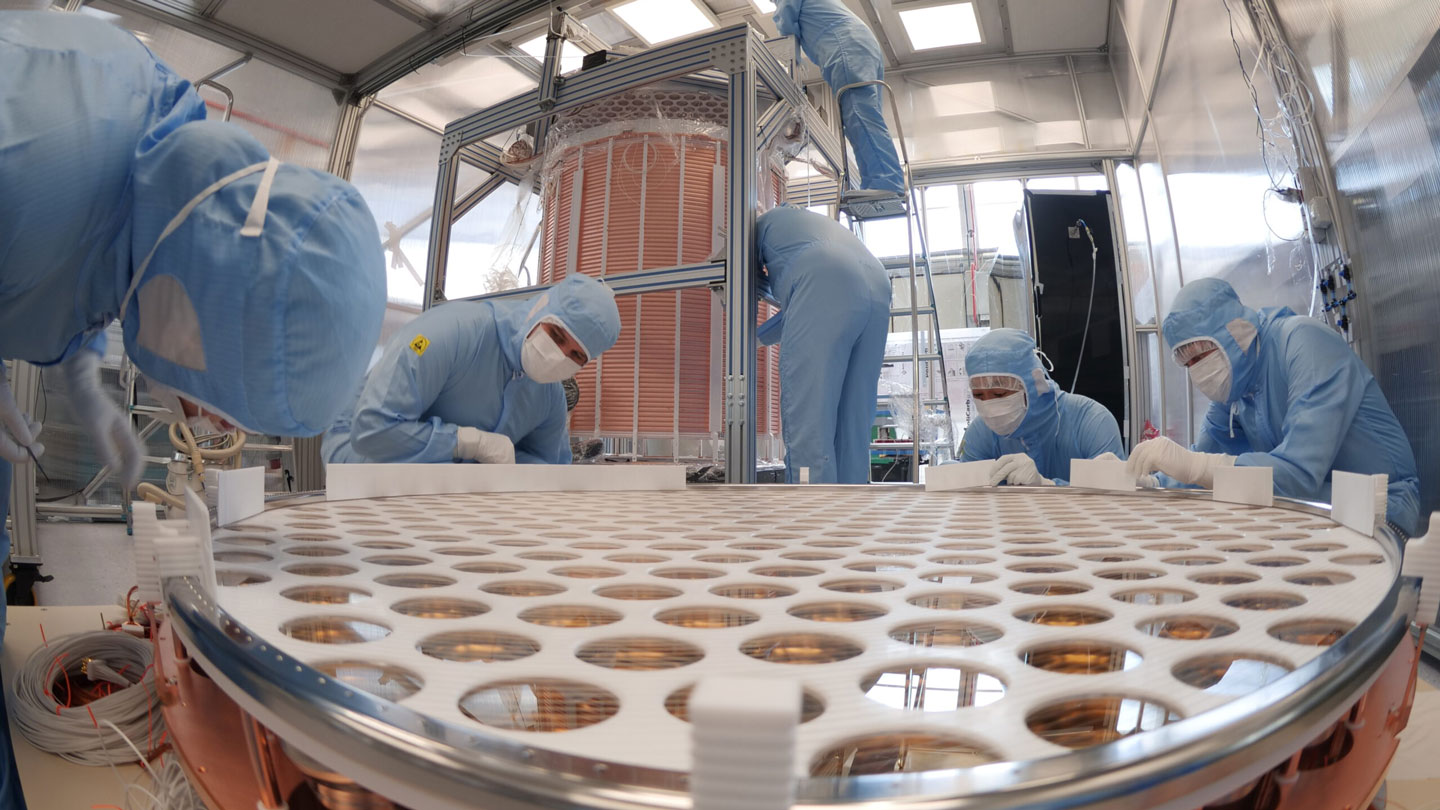FASER (ForwArd Search ExpeRiment) to nowy detektor dzięki któremu możliwa jest detekcja neutrin. Naukowcy liczą też na odkrycie innych nieznanch dotąd cząstek a może nawet potwierdzenie lub wykluczenie istnienia ciemnej materii.
Co wykrył FASER?
Neutrino mionowe - Neutrino o niezerowej liczbie mionowej
Kandydata na Neutrino elektronowe - Neutrino o
niezerowej liczbie elektronowej
Czego nie wykrył? Eksperyment szuka ciemnych fotonów, dzieki badaniu jedynie wykluczono rejony hdzie ciemnych fotonów nie ma.
(mój komentarz: no niemożliwe ¯\_(ツ)_/¯)
#lhc #cern #fizykakwantowa #nauka
https://home.cern/news/news/experiments/new-lhc-experiments-enter-uncharted-territory

(tak tak, wiem, nie mamy nawet teoretycznych możliwości ich wykrycia)

@LondoMollari teoretycznie mamy jak sprawdzić ale to niewykonalne
@CzosnkowySmok
jedynie wykluczono rejony hdzie ciemnych fotonów nie ma
Przypadkiem naukowcy (min doktor Krzysztof Pelczar) nie pracują obecnie nad poszukiwaniem ciemnych, dziwnych cząsteczek w detektorach ciekło-argonowych w Gran Sasso?
@spawaczatomowy nie znam tego projektu. Ja sceptycznie podchodzę do ciemnych energii czy materii.
@spawaczatomowy znalazłem no i nic nie znaleźli. Natomiast znowu potiwerdzili model standardowy.
https://www.sciencenews.org/article/xenonnt-axions-dark-matter-experiment
@CzosnkowySmok Fiu fiu. Neutrina sa trudne do wykrycia ze az japierdole.
@CzosnkowySmok atom, z greckiego atomos czyli niepodzielny.
Ta, dzieli się przynajmniej na 3 różne elementy który każdy z nich też dzieli się na kolejnej mniejsze.
To jest chore. Istny fraktal. Później się okaże że i miony, gluony i bozony dzielą się na jeszcze mniejsze kawałki. I tak do usranej śmierci.
@myoniwy no nie bardzo, czy limitem nie sa liczby Plancka?
Zaloguj się aby komentować

